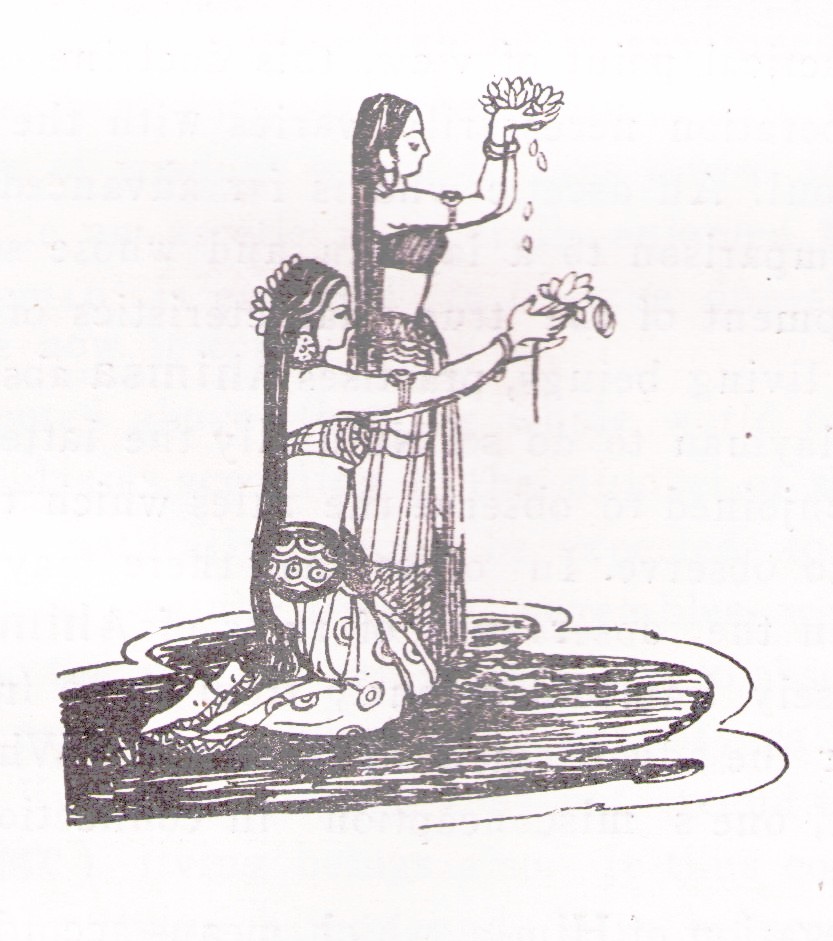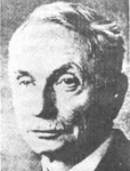The short essay by the famous German indologist Walther Schubring depicts the situation of Jaina Studies in the 1930's. Maybe this explanation is a good reason for the today's Jainology to examine the contemporary state of Jaina research. The article was published in Jainacharya Shri Atmanand Janma Shatabdi Smarak Grantha (Jainacharya Shri Atmanand Centenary Commemoration Volume), edited by Mohanlal Dalichand Desai, Bombay 1936, pp. 31-33.
Necessity of Jain Research
When, more than thirty years ago, I began to study the religious texts of the Svetambara Jains, it was Professor Hoernle's edition of the Uvasagadasao (Calcutta 1888-90) where I first met with the name of Muni Atmaramji. To him, as to one of the spiritual leaders of the Community, the editor tends his special thanks for many informations the learned Muni most liberally had given him. So it can be said that the mentioned edition and translation owe their definitive features to a collaboration of Indian and Western spirit. I am inclined to take this fact as a lucky omen for a still outstanding work about which I say some words, at the occasion of the Atmaramji Centenary.
While the doctrines of old Buddhism, laid down in the Tripitaka, can easily be studied by scholars outside of India in the many volumes published by the Pali Text Society, this, from various reasons, is, not the case with the teaching of Mahavira.
The holy scriptures of his adherents have not found their "Jaina Text Society " which Professor Pischel in 1903 meant to see in a near future. On the contrary, scholarly work in the Agama, instead of being carried out according to a deliberate plan, has remained accidental. That nevertheless those meritorious monographs which we owe to Professors von Glasenapp, Guerinol, Kirfel and others could paint a lively picture of Jainism on the ground of later documents, while in the whole dispensing from the old sources, is due to a peculiar reason.
Much more than e.g. early Buddhism the doctrine of Mahavira is one whole, wonderfully conceived on a grand scale and worked through to the most minute detail. A system like this, ingeniously built up out of idea and experience, in the course of time, is likely not to change, but to remain as it originated, and the vast postcanonical literature, as far as we know it, though reflecting variations in outward details, still shows the fundaments untouched until the present day. so it is well to be understood why the works of the mentioned learned authors and others are based upon later texts which were close at hand. But it is equally clear that Indology cannot be satisfied with this present state of things, as it were with contemplating the admirable superstructure of a building, but must sink down the spade to the fundaments dating from the heroic epoch.
This would mean taking up critically to edit the holy texts themselves - the word taken in a wide sense, including some peripheral works and their Prakrit commentaries, the more so as the well deserving earlier prints of them, as far as they were undertaken, are out of stock since many years. It is the purpose of these lines to direct the attention of my readers to this old task of Jain research. I myself have modestly endeavored to prepare the ground when writing my work "The Doctrine of the Jains according to the old Sources'', published in German language early in 1935 (251 pp.), where for the first time the reader will meet with a critical investigation based upon a detailed survey of the Agamas.
The next step forward ought to be a handy edition of them. It goes without saying that such an undertaking will give a mighty impulse to research work both in India and abroad. About forty years ago, Professor Leumann pointed out that the investigation in the scholastical literature of the Jains will throw new light upon the literary history of India during the early centuries of the Christian Era. Not less will the canonical scriptures yield a rich harvest to the investigators in one of the most important chapters of India's religious development. Not earlier than they are easily accessible and lucidly arranged the imposing figure of Mahavira, that mighty systematiser of Indian antiquity, will obtain its proper place in the eyes of all those in the West and East who will read his doctrines in his words sanctified by tradition.
To contribute to the attainment of this noble goal I wish to appeal to my Jain friends. First of all, it is necessary to have at hand really old and good manuscripts of Agamas, Niryuktis, Bhashyas and Churnis as are preserved in many a palm-leaf Bhandar. The owners of them, as far as they think it good as yet to hide their treasures from publicity, might be convinced that they cannot do a better service to Mahavira's religion than by helping to make it world-widely known and that they will suffer no material loss whatever by allowing to catalogue and to photograph those manuscripts. I cannot undertake here to describe in detail the preparatory stages of the grand work and its definitive start as they present themselves before my mind. Be it enough to say that common work is indispensable. Muni Maharaj Atmaramji has given one splendid instance in most willingly joining the ideas of a Western scholar. I do not hesitate to say that his memory cannot better be celebrated than by following his enlightened example and thus inaugurating an epoch of true Western and Indian collaboration in the Jain field.

 Walther Schubring
Walther Schubring
